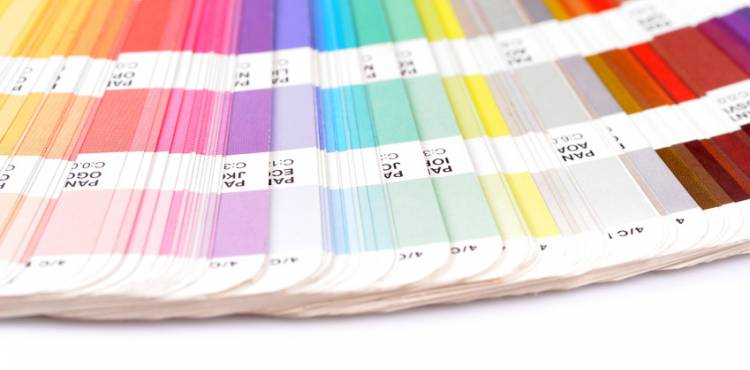Color choices and how they affect buying behavior

Every element of a website can have a subconscious effect on visitors. Dotting every I and crossing every T becomes an understatement for UI/UX designers when something as seemingly insignificant as the placement of a dollar sign affects buying behavior. If a dollar sign can have a big influence on sales, imagine how important color choice can be.
Because color can have such a weighty effect on purchasing habits, designers put a lot of stock into their choices, far beyond a company’s logo or corporate colors. Not only do they take into consideration the emotions that some colors can evoke, they must also consider where those colors are used, what colors they’re paired with and how they have been most successful in the past.
Common, positive associations with specific colors:
Red: Passion, energy, love
Orange: Enthusiasm, creativity, adventure, value
Yellow: Happiness, hope, youthfulness
Green: Wealth, eco-friendly, growth
Blue: Trust, stability, wisdom
Purple: Power, luxury, nostalgia
Common, negative associations attributed to the same colors:
Red: Anger, lust, urgency
Orange: Aggression, pride, flamboyance
Yellow: Cowardice, deceit, anxiety
Green: Envy, greed, inexperience
Blue: Sadness, rigidity, predictability
Purple: Arrogance, impracticality, immaturity
Use of color in marketing and merchandising:
Red: Sale or clearance items.
Orange: Calls to action.
Yellow: Gender-neutral items and attention grabbers.
Green: New (fresh) items.
Blue: Service provider offerings and “clean” items like water or high-end vodka, for example.
Purple: Luxury items.
Marketing stats on colors:
- Patrons are 15 percent more likely to return to stores with blue color schemes than to those with orange color schemes, according to a 2003 study published in the Journal of Business Research.
- In the study titled “Impact of Color in Marketing,” up to 90 percent of snap judgments made about products can be based on color alone (depending on the product).
- About 85 percent of shoppers place color as a primary reason for buying a particular item, according to an infographic produced by KissMetrics.com.
- Colors increase brand recognition by 80 percent, according to an infographic produced by KissMetrics.com.
- Approximately 40 percent of people worldwide picked blue as their favorite color in a study conducted by Cheskin, MSI-ITM and CMCD/Visual Symbols Library.
Choosing a color palette for a new website or a pre-existing website is no small task. Instead of taking on the project alone, most companies will employ a professional designer to help them make good choices. The No. 1 rule of thumb is to be consistent with the use of those colors. Second in line in importance is understanding how well your customers relate to your current use of colors.
According to Smashing Magazine, even small businesses could take a step backward if significant branding changes are made during the redesign process. Although there may be times and reasons to go ahead with a re-branding attempt, the impact should be considered and the pros and cons weighed.
To set up a UI/UX workshop for your brand, click on the button below. In addition to creating an effective roadmap toward positive user experiences, the private sessions can also include opportunities to discuss color considerations.